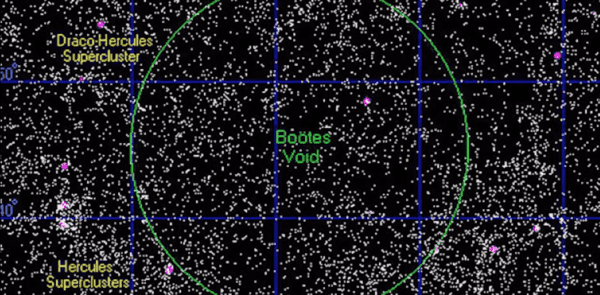The endless vacuum of space contains more things unknown to humans than known. Advances in technology have allowed for a number of breakthrough discoveries just in the last few years. However, while scientists continue to try and understand the systems of our universe, there are some elements that seemingly have no explanation.
A video from Strange Mysteries outlines the five creepiest mysteries of space that scientists still cannot figure out, and some of them might just leave you speechless.

5 Creepiest Mysteries of Space That Will Freak You Out (Strange Mysteries/YouTube)
First on the list is the mystery of the missing matter. Everything in the universe is comprised of matter, and that matter is made up of protons and neutrons. This is classified as baryonic matter, and it should account for everything in our universe that is not dark energy or dark matter.
However, if the Big Bang theory is correct, there should be twice as much baryonic matter than what scientists currently detect. It has been suggested that a massive cloud of gas that engulfs the Milky Way galaxy is actually an indication of where the missing matter might be, but scientists, for now, have no definitive explanation.
Check out the rest of the list in the video below:
Also on the list is the particularly creepy Bootes Void. Also called The Great Nothing, the Bootes Void is a massive spherical-shaped region of space that contains far fewer objects than any other known area.
The region, some 330 million light-years in diameter, is calculated to be about 0.27 percent of the observable universe. When compared to similar regions of space, the Bootes Void has just 3 percent of the number of galaxies.

5 Creepiest Mysteries of Space That Will Freak You Out (Strange Mysteries/YouTube)
Scientists have theorized that the massive empty spot is the product of multiple voids coming together to form one. But for now, no one is sure why that area of space is nearly empty.

5 Creepiest Mysteries of Space That Will Freak You Out (Strange Mysteries/YouTube)
Rounding out the list is an unknown object that was originally discovered by astronomer James Scotti in November 1991. The small object, approximately 16-39 feet in diameter, has a unique orbit similar to Earth’s own around the sun and no clear origin.
It originally passed by the earth shortly after its discovery, and once more in 2017. For now, scientists are unable to definitively identify the object and cannot say for certain if it is manmade debris, an asteroid, or something more.



